Home>Gardening & Outdoor>Landscaping Ideas>When To Start Mowing Bermuda Grass
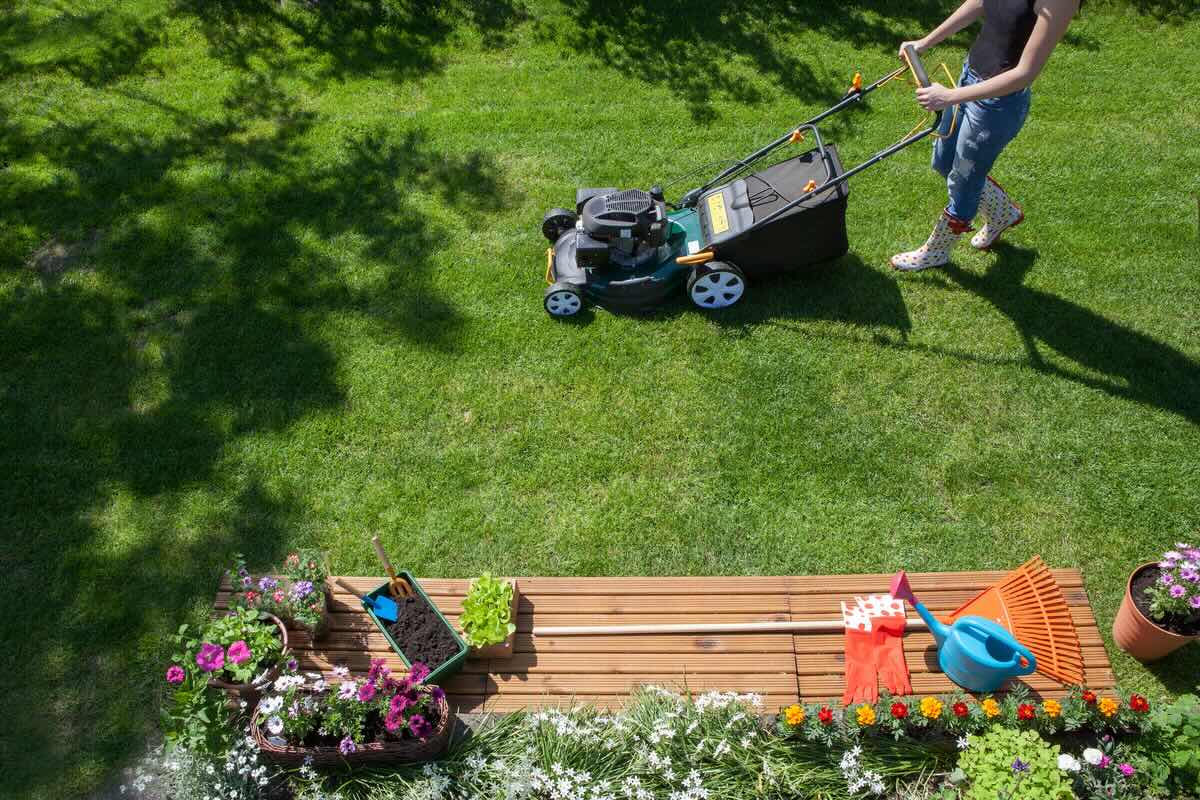

Landscaping Ideas
When To Start Mowing Bermuda Grass
Modified: February 18, 2024
Learn the best practices for mowing Bermuda grass in your landscaping routine. Find out when to start mowing and how to maintain a healthy lawn. Discover expert tips and techniques for landscaping with Bermuda grass.
(Many of the links in this article redirect to a specific reviewed product. Your purchase of these products through affiliate links helps to generate commission for Storables.com, at no extra cost. Learn more)
Introduction
So, you've just seeded or laid sod for your Bermuda grass lawn, and you're eagerly waiting for it to flourish into a lush, vibrant carpet of green. One of the essential steps in nurturing your Bermuda grass is knowing when to start mowing it. Proper mowing practices are crucial for the health and appearance of your lawn, and understanding the right time to commence mowing is integral to its overall well-being.
In this comprehensive guide, we will delve into the nuances of Bermuda grass care and explore the optimal timing for mowing this warm-season grass variety. By gaining insights into the growth patterns and specific requirements of Bermuda grass, you can ensure that your mowing routine supports its development and resilience. Let's embark on this journey to uncover the ideal juncture for initiating the mowing process, equipping you with the knowledge to foster a thriving Bermuda grass lawn.
Key Takeaways:
- Start mowing Bermuda grass 2-3 weeks after it reaches 2-3 inches in height. This allows for strong roots and sets the stage for ongoing maintenance.
- Monitor Bermuda grass growth and mow when it reaches 1.5-2 inches in height. Adjust mowing height based on weather and cultivar for a lush, vibrant lawn.
Read more: When To Start Mowing Grass
Understanding Bermuda Grass
Bermuda grass, scientifically known as Cynodon dactylon, is a popular warm-season grass variety celebrated for its resilience, drought tolerance, and vibrant green hue. It thrives in regions with hot summers and mild winters, making it a sought-after choice for lawns, parks, and athletic fields in such climates.
One of the defining characteristics of Bermuda grass is its vigorous growth and remarkable recuperative abilities. It spreads through both aboveground stolons and belowground rhizomes, swiftly filling in bare patches and establishing a dense, uniform turf. This robust growth habit contributes to Bermuda grass’s exceptional wear tolerance, making it an excellent option for high-traffic areas.
Moreover, Bermuda grass exhibits rapid vertical growth during the warm months, necessitating regular mowing to maintain an optimal height and encourage lateral spread. Understanding the growth patterns and tendencies of Bermuda grass is pivotal in determining the most suitable timing for initiating the mowing regimen. By familiarizing yourself with the unique characteristics of this grass variety, you can tailor your lawn care practices to promote its vigor and vitality.
Factors to Consider
When contemplating the opportune moment to commence mowing your Bermuda grass, several factors warrant careful consideration to ensure the health and aesthetics of your lawn. By taking these crucial elements into account, you can make informed decisions that support the well-being of your Bermuda grass and contribute to a thriving, visually appealing lawn.
- Growth Rate: Bermuda grass is renowned for its rapid growth, especially during the warm summer months. Monitoring the growth rate of your Bermuda grass provides valuable insights into when it may necessitate mowing. As the grass reaches an optimal height, mowing becomes essential to maintain its health and appearance.
- Establishment Period: For newly seeded or sodded Bermuda grass, allowing an adequate establishment period is imperative before initiating the mowing process. Allowing the grass to develop a robust root system and achieve a certain height before mowing is vital for its long-term health and resilience.
- Weather Conditions: The prevailing weather conditions play a pivotal role in determining the ideal timing for mowing Bermuda grass. Warmer temperatures and adequate moisture promote vigorous growth, signaling the need for regular mowing to prevent the grass from becoming excessively tall and unkempt.
- Mowing Height: Understanding the recommended mowing height for Bermuda grass is essential. Maintaining the grass at an appropriate height not only enhances its visual appeal but also supports its overall health and vitality. Adjusting the mowing height based on the season and weather conditions is crucial for optimizing Bermuda grass growth.
- Lawn Health: Assessing the overall health of your Bermuda grass lawn is paramount when determining the right time to start mowing. Observing the density, color, and resilience of the grass provides valuable indicators of its readiness for mowing and aids in devising a tailored mowing schedule.
By taking these factors into consideration and staying attuned to the specific needs of your Bermuda grass, you can make well-informed decisions regarding the initiation of the mowing process, fostering a robust and visually appealing lawn that thrives under your attentive care.
Wait until the Bermuda grass reaches a height of 1.5 to 2 inches before mowing. Mow when the grass is dry and set the mower height to 1 to 1.5 inches for optimal growth.
When to Begin Mowing
As the vibrant blades of Bermuda grass flourish under the warm sun, the question of when to start mowing becomes increasingly pertinent. Determining the optimal timing for commencing the mowing regimen is essential for nurturing a healthy, resilient lawn that exudes lush green beauty. By considering various indicators and aligning them with the specific characteristics of Bermuda grass, you can pinpoint the ideal juncture to initiate mowing, setting the stage for a thriving lawn.
For newly established Bermuda grass, whether from seed or sod, it is crucial to allow an adequate establishment period before introducing the mower. This period typically spans 2 to 3 weeks after the grass reaches a height of around 2 to 3 inches. Allowing the grass to develop a sturdy root system and achieve a modest height before mowing is pivotal for its long-term health and vitality, laying a solid foundation for ongoing maintenance.
Once the Bermuda grass has undergone the initial establishment phase, the decision to start mowing hinges on its growth rate and the prevailing weather conditions. As Bermuda grass is renowned for its vigorous growth, especially during the warm summer months, monitoring its height becomes a key determinant. When the grass reaches a height of approximately 1.5 to 2 inches, it is generally advisable to commence mowing, ensuring that it remains at an optimal height for robust growth and visual appeal.
Additionally, paying heed to the recommended mowing height for Bermuda grass is instrumental in guiding the timing of the mowing process. During the active growth phase, maintaining the grass at a height of around 1 to 1.5 inches is often recommended, promoting lateral spread and a lush, dense turf. Adjusting the mowing frequency and height based on the specific requirements of your Bermuda grass cultivar and the prevalent weather patterns is integral to sustaining its health and vibrancy.
By amalgamating these considerations and remaining attuned to the growth patterns and needs of your Bermuda grass, you can confidently determine the opportune moment to commence mowing, ushering in a phase of meticulous care that nurtures your lawn to its full potential.
Conclusion
Embarking on the journey of Bermuda grass care entails a deep understanding of its growth patterns, unique characteristics, and specific requirements. As you navigate the intricacies of nurturing this warm-season grass variety, the timing of mowing emerges as a pivotal factor in fostering a resilient, visually captivating lawn that thrives under your attentive stewardship.
By comprehending the growth rate, establishment period, weather influences, mowing height, and overall health of your Bermuda grass, you can make well-informed decisions regarding when to begin mowing. Balancing these considerations with a keen awareness of the grass’s specific needs enables you to orchestrate a mowing schedule that optimally supports its growth and vitality.
For newly established Bermuda grass, exercising patience during the initial establishment period is paramount, allowing the grass to fortify its root system and achieve a modest height before introducing the mower. Once the grass has undergone this crucial phase, monitoring its growth rate and heeding the recommended mowing height empowers you to determine the opportune moment to commence mowing, ushering in a phase of meticulous care that propels your lawn towards resplendent beauty.
As you embark on this journey, remember that the timing of mowing is not merely a practical consideration but a nurturing gesture towards your Bermuda grass, imbuing it with the care and attention it deserves. By embracing this holistic approach to lawn maintenance, you can cultivate a Bermuda grass lawn that stands as a testament to your dedication and horticultural acumen.
Armed with this nuanced understanding of Bermuda grass care and the optimal timing for mowing, you are poised to embark on a gratifying journey of tending to your lawn, witnessing the transformation of vibrant green blades into a luxuriant tapestry that embellishes your outdoor space with natural splendor.
Frequently Asked Questions about When To Start Mowing Bermuda Grass
Was this page helpful?
At Storables.com, we guarantee accurate and reliable information. Our content, validated by Expert Board Contributors, is crafted following stringent Editorial Policies. We're committed to providing you with well-researched, expert-backed insights for all your informational needs.
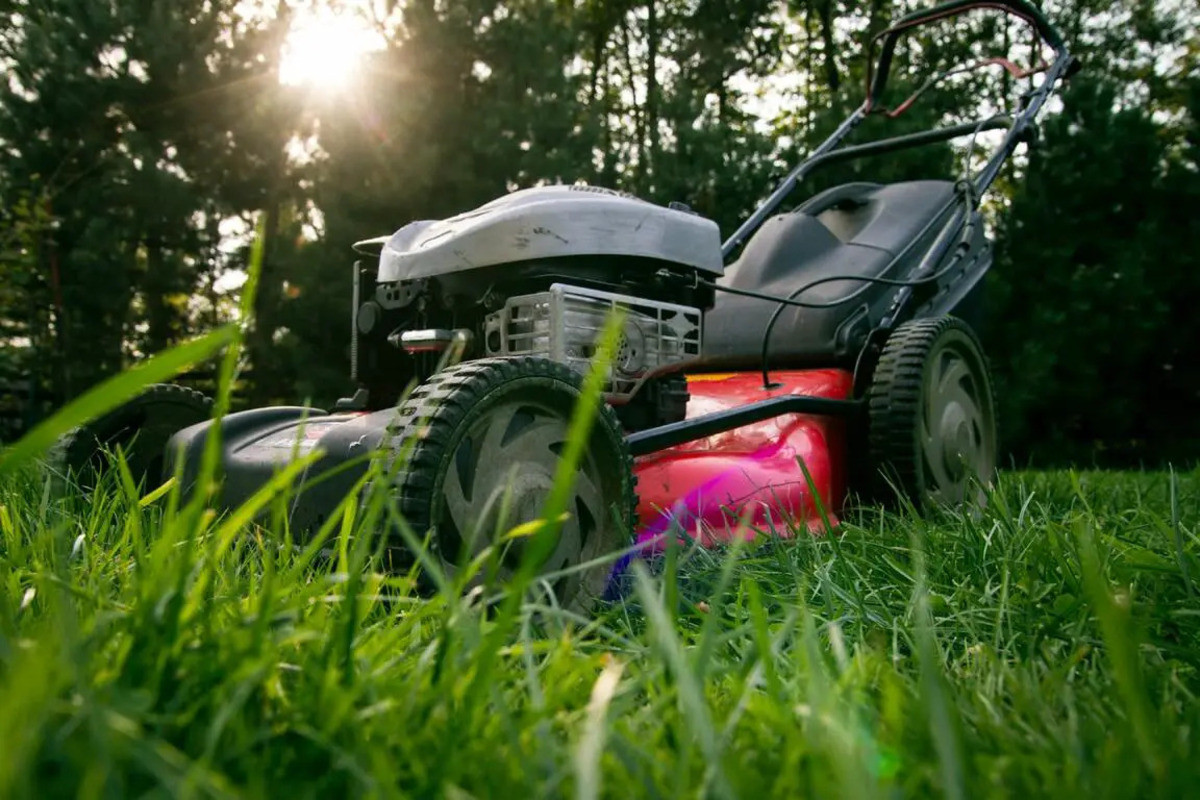
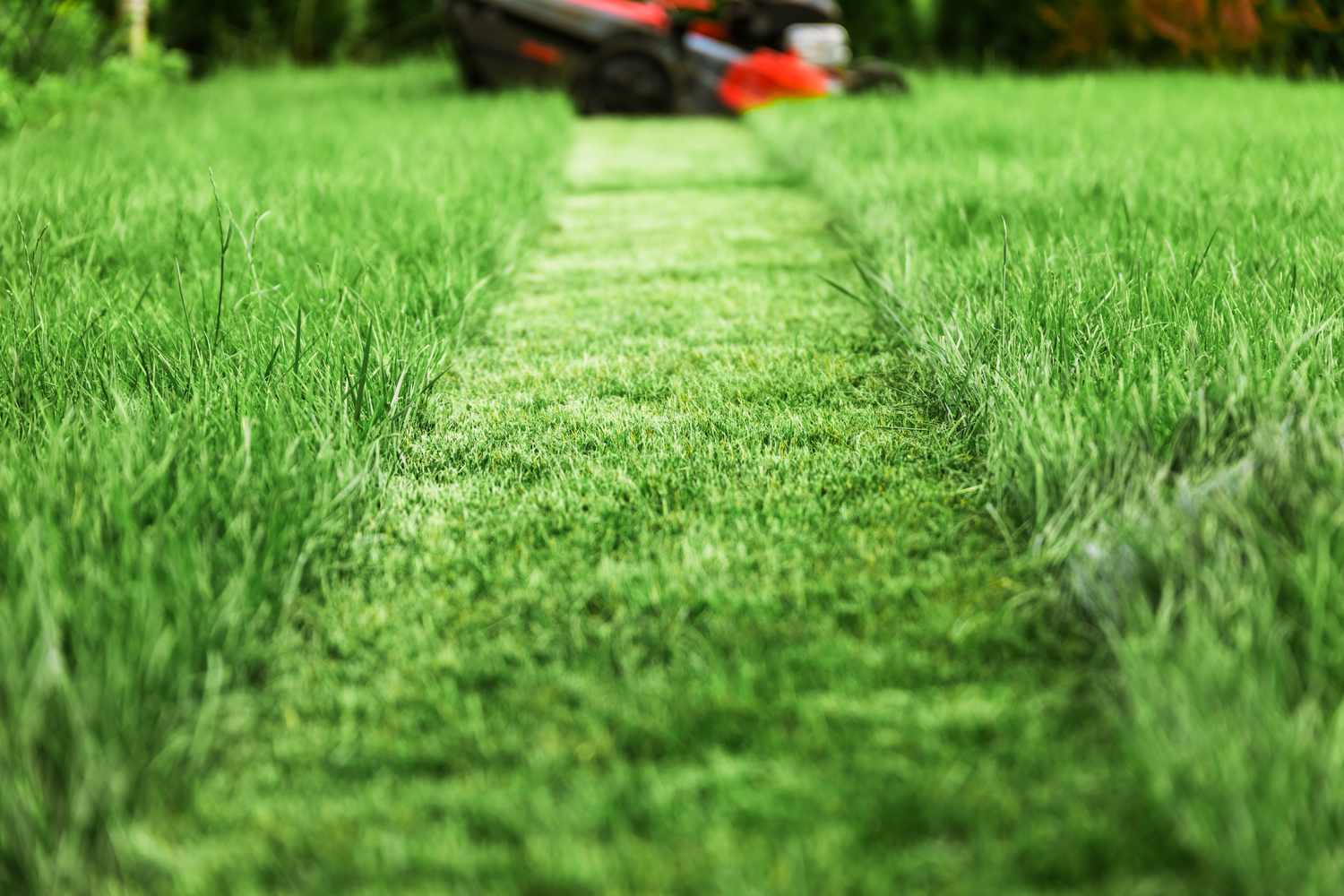
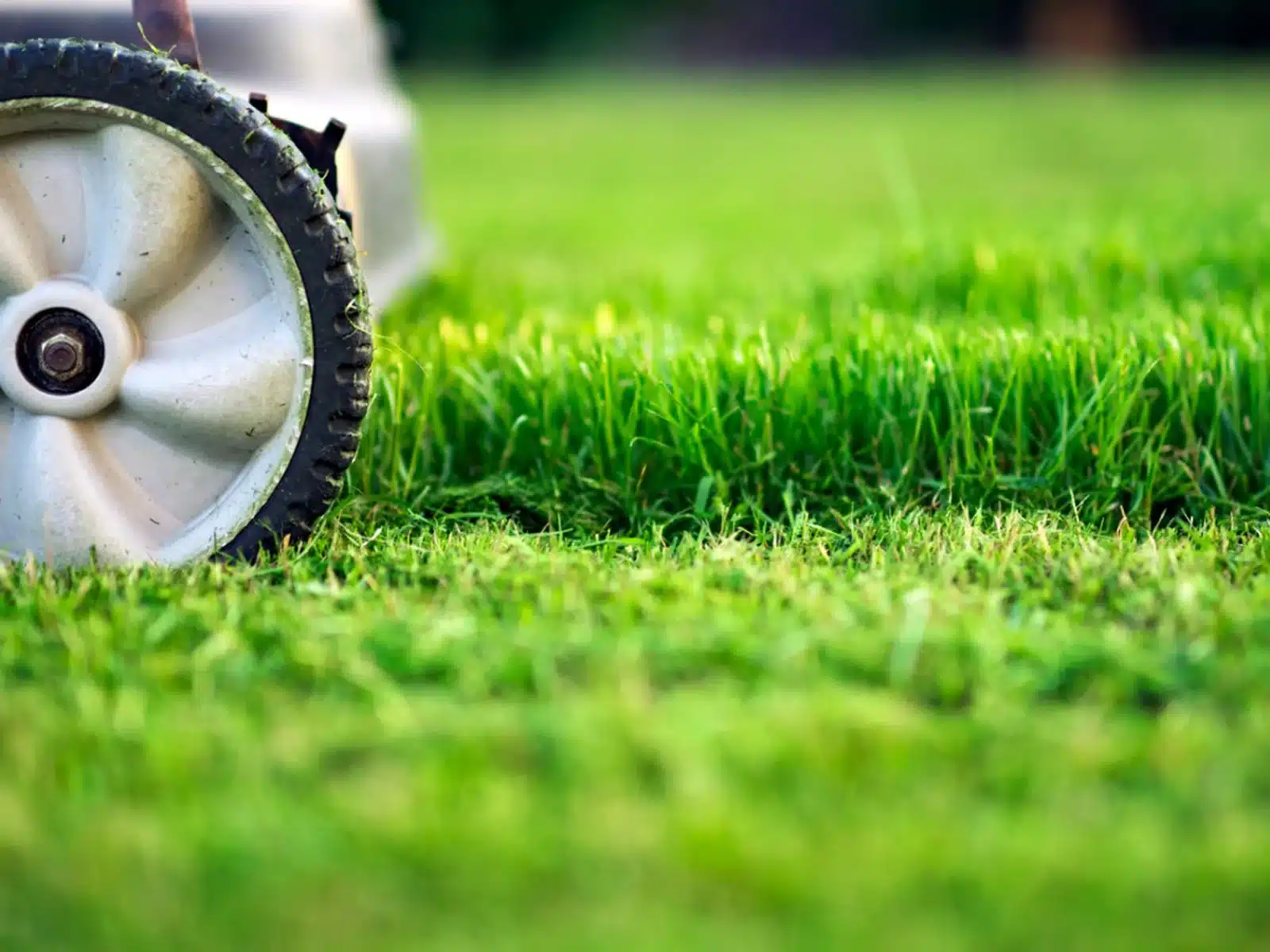
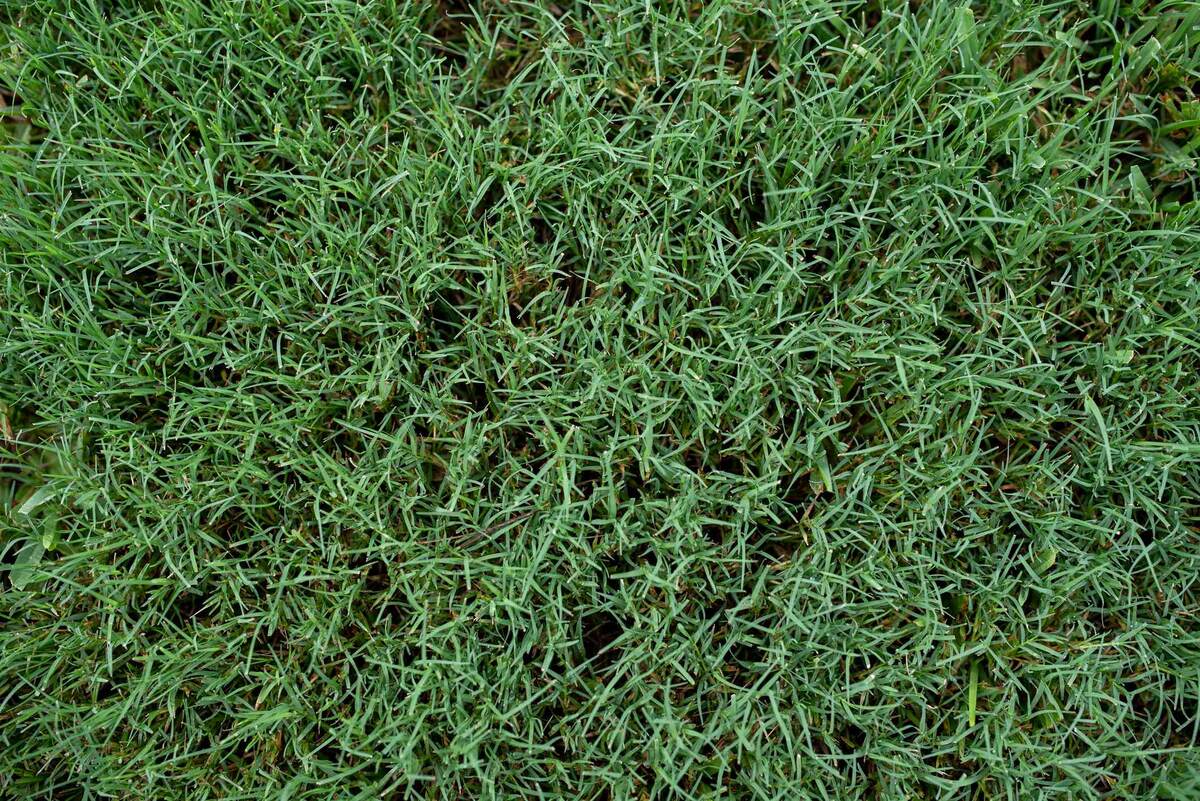
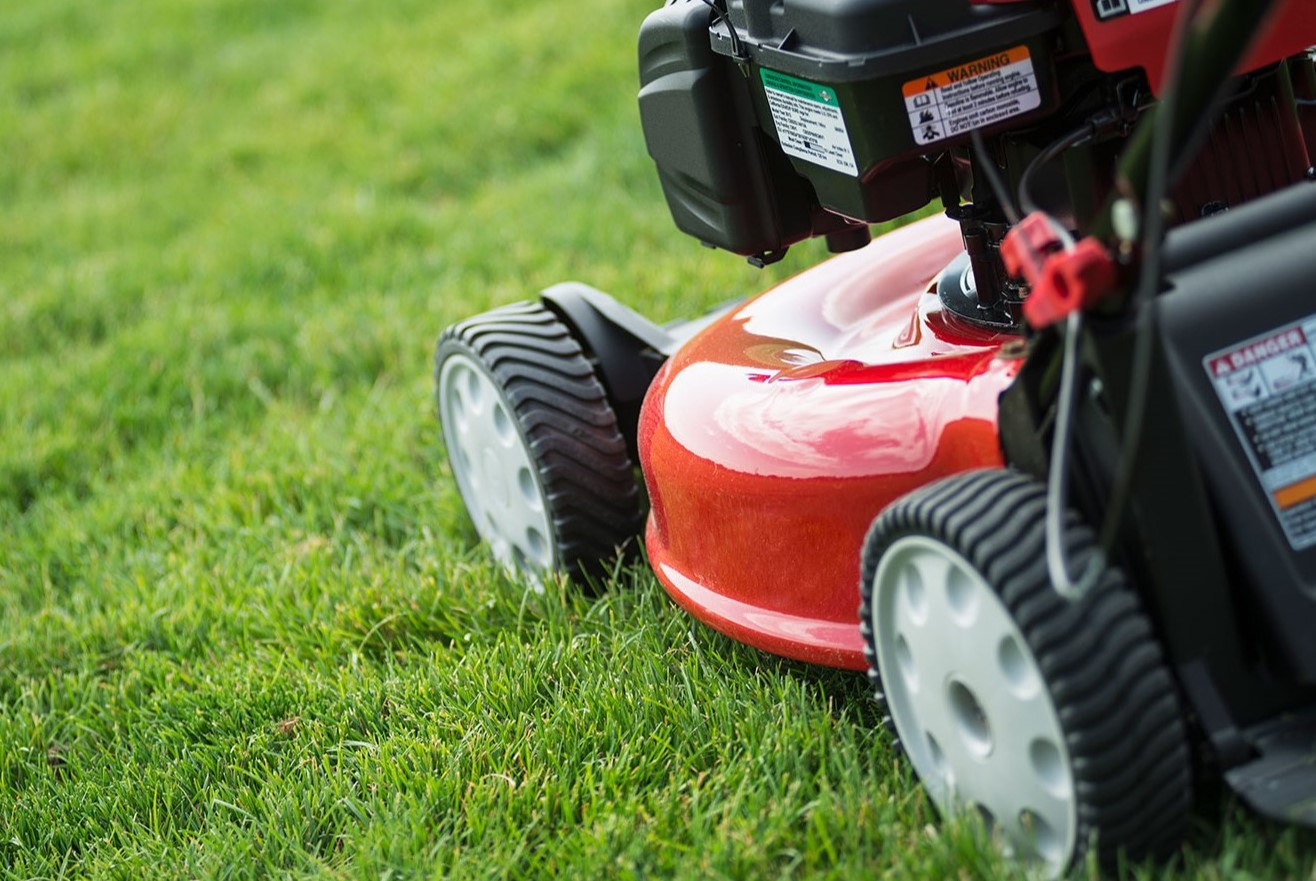
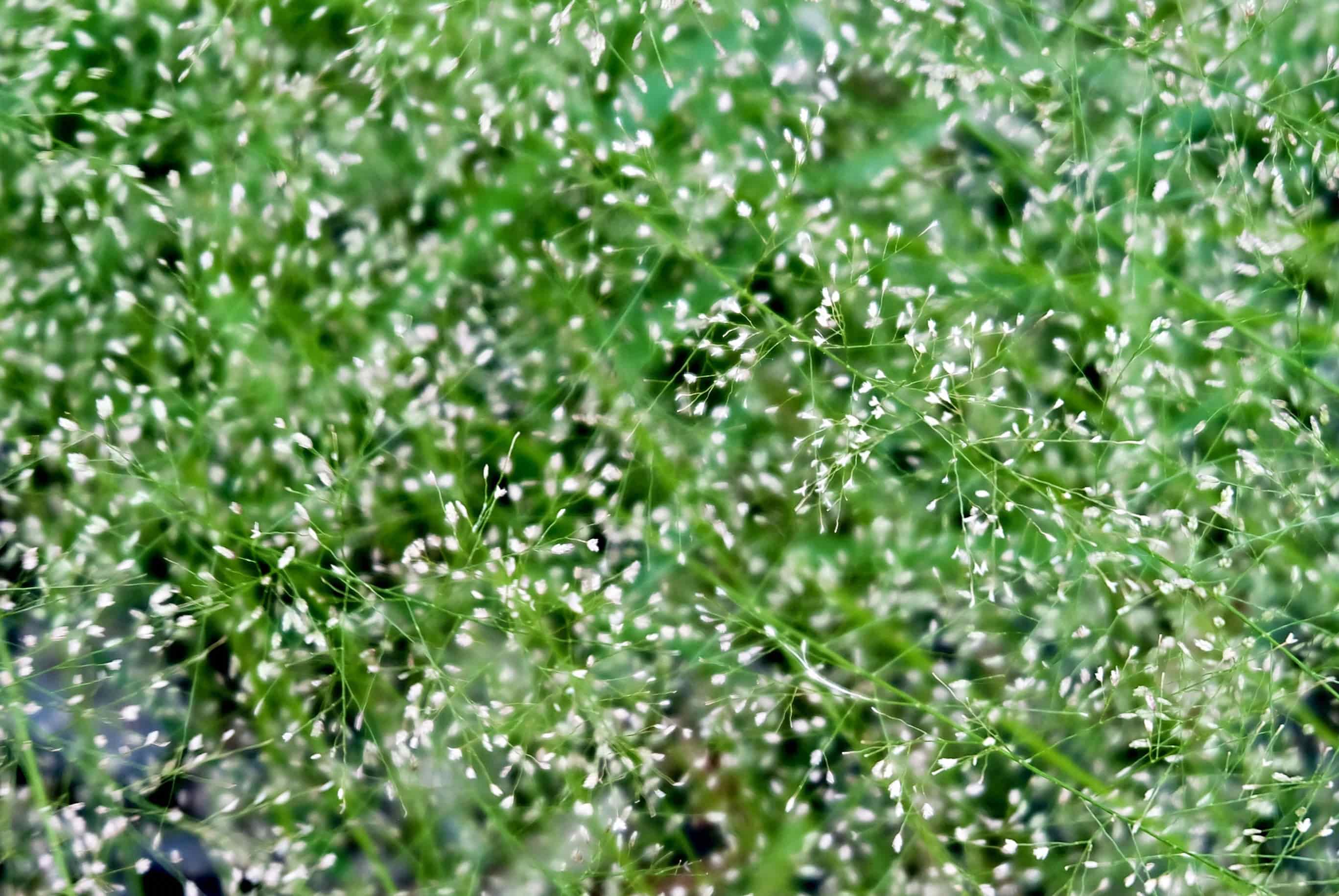
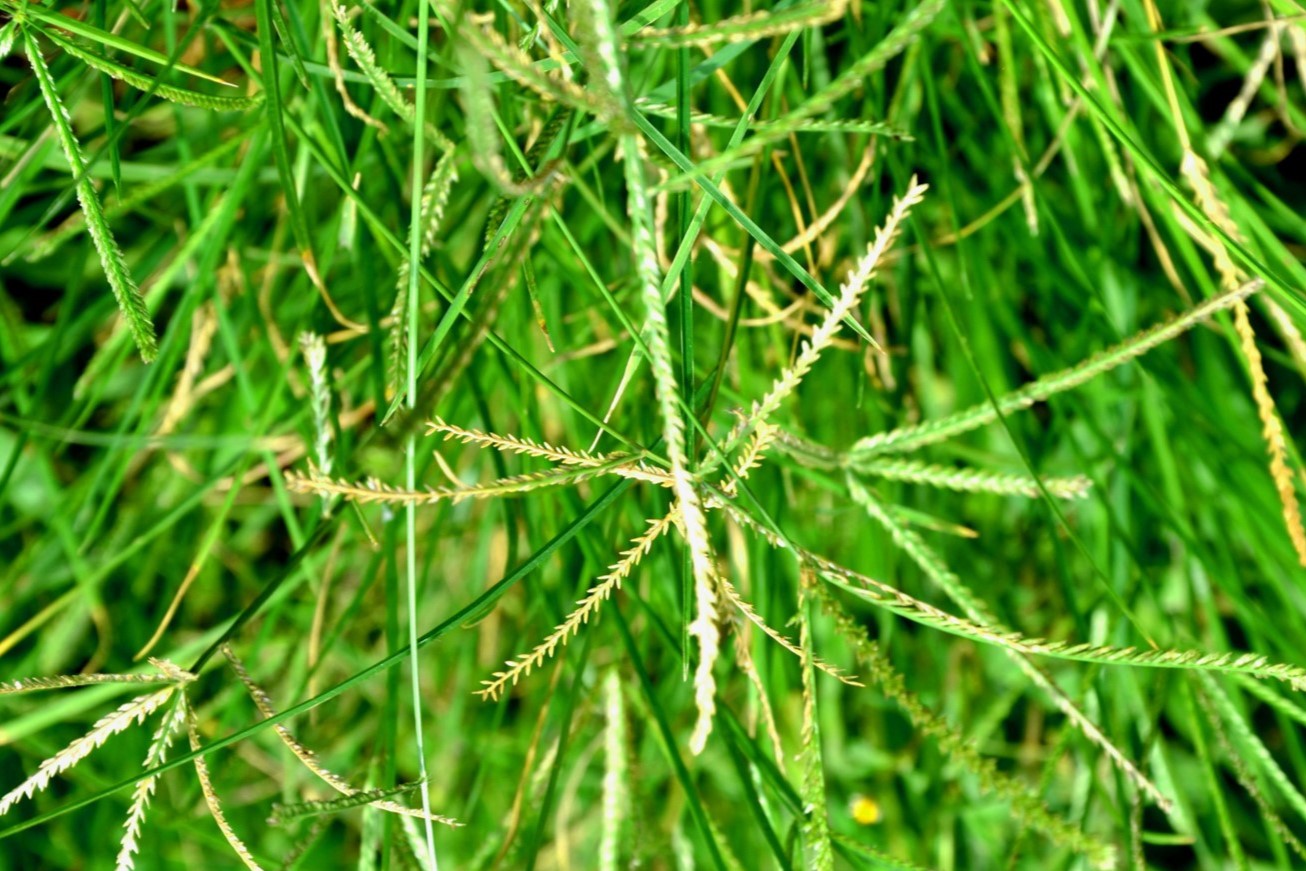


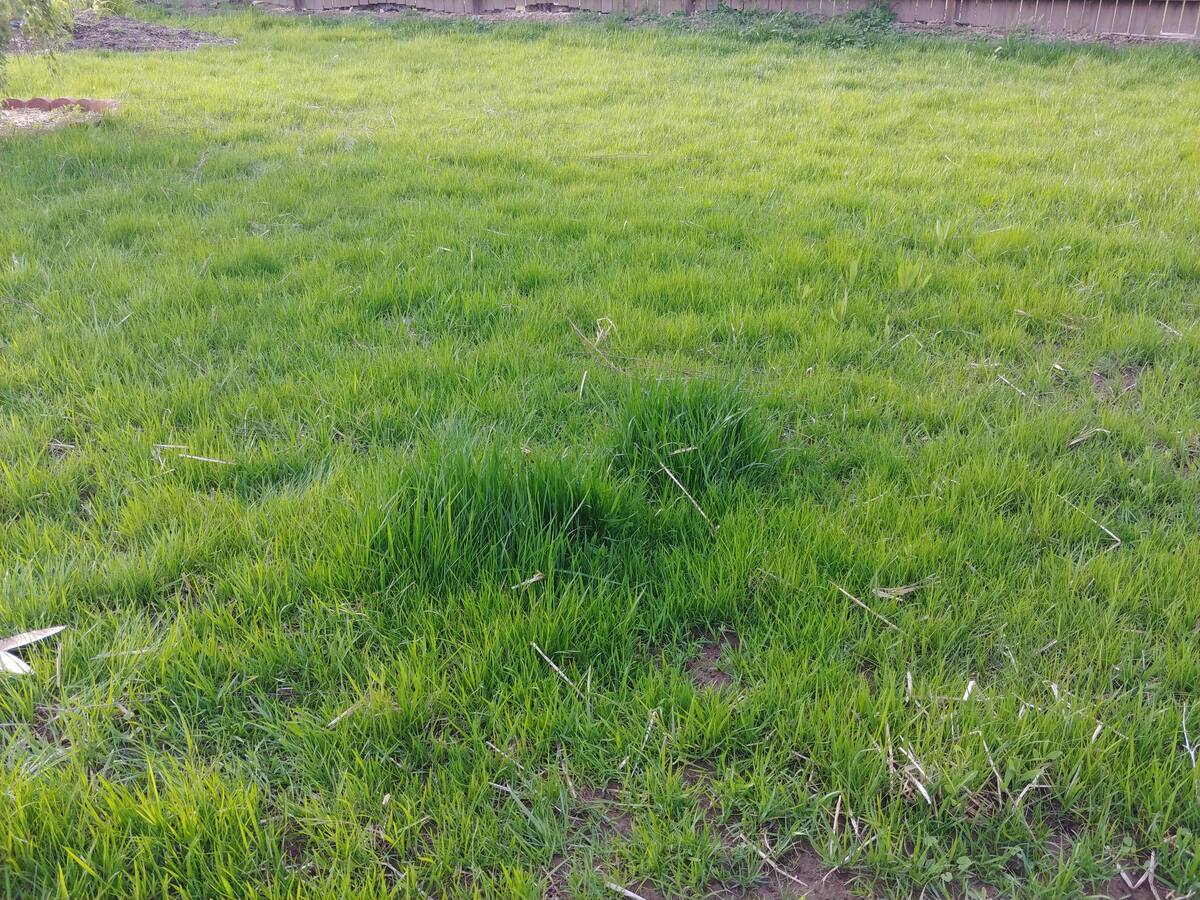
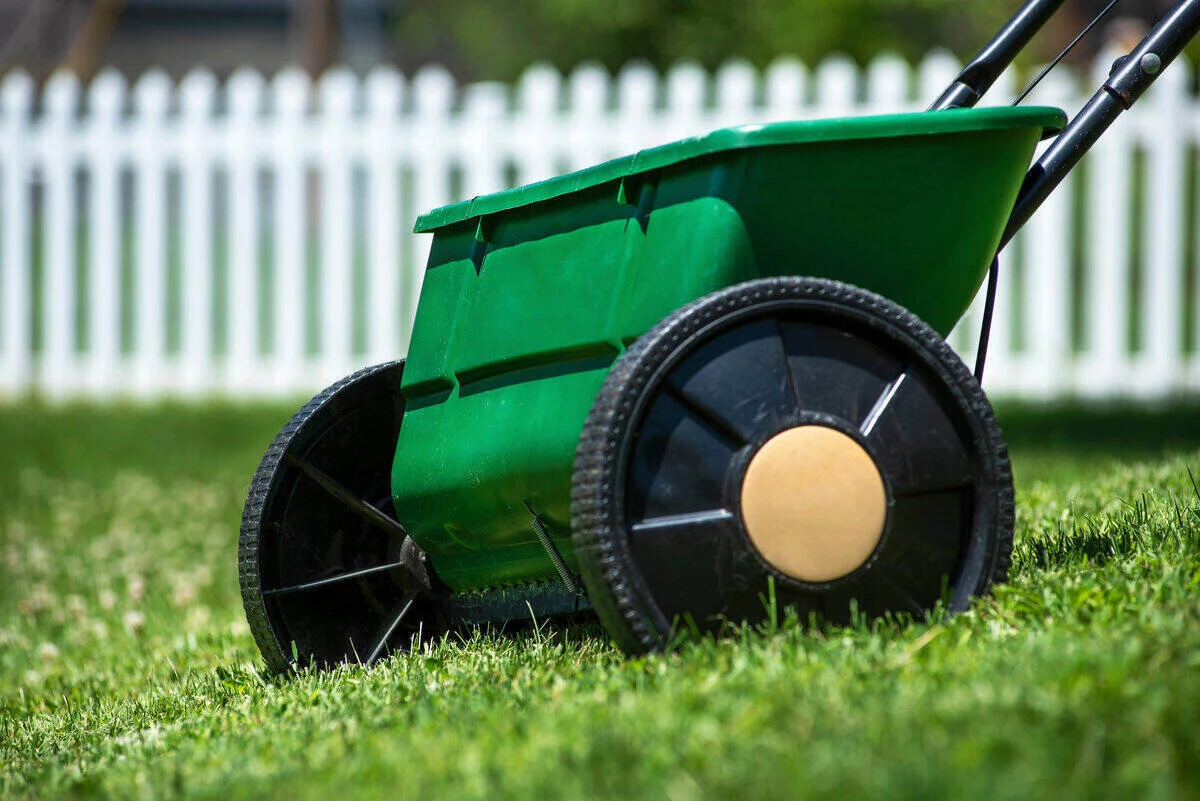

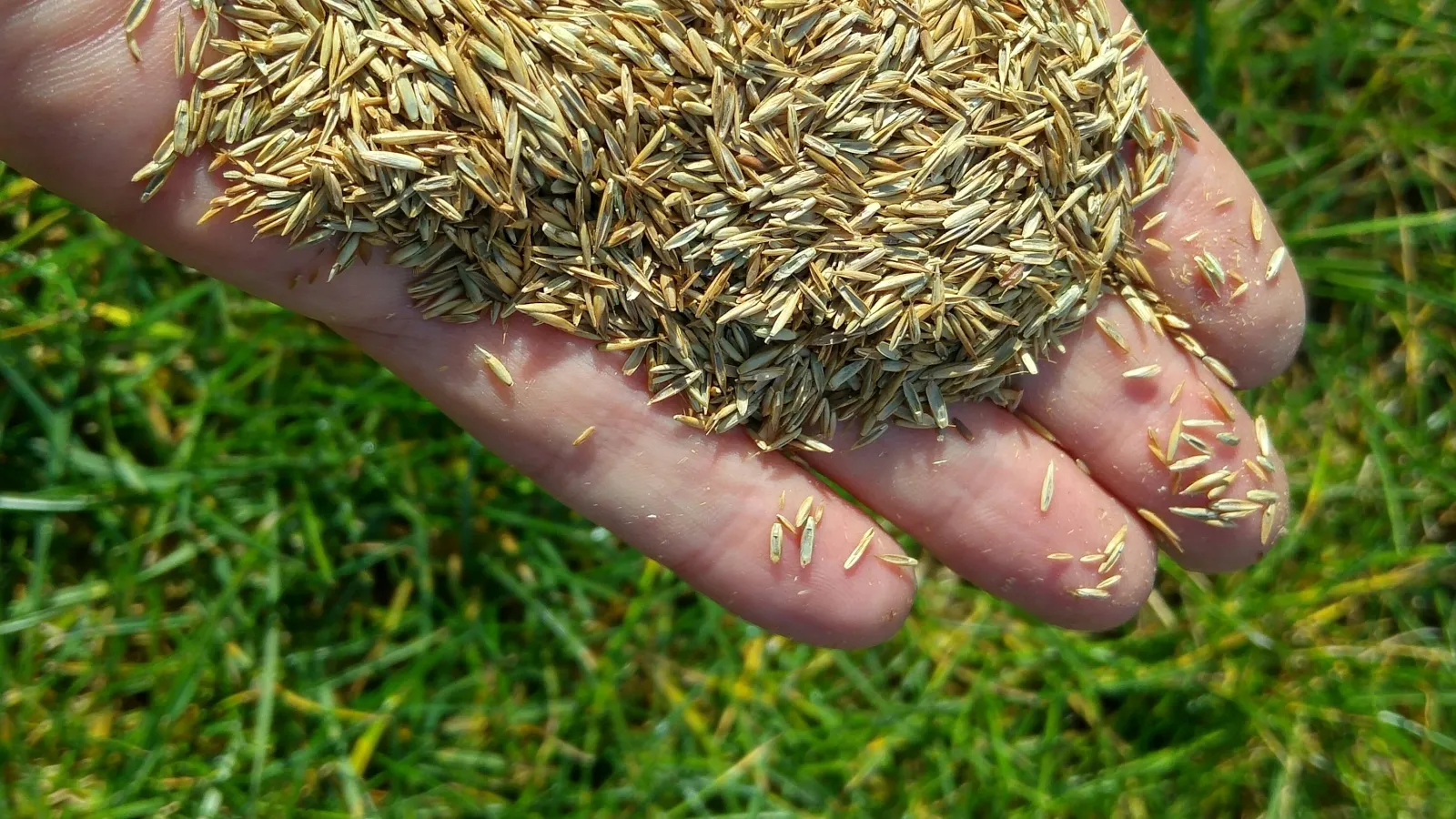

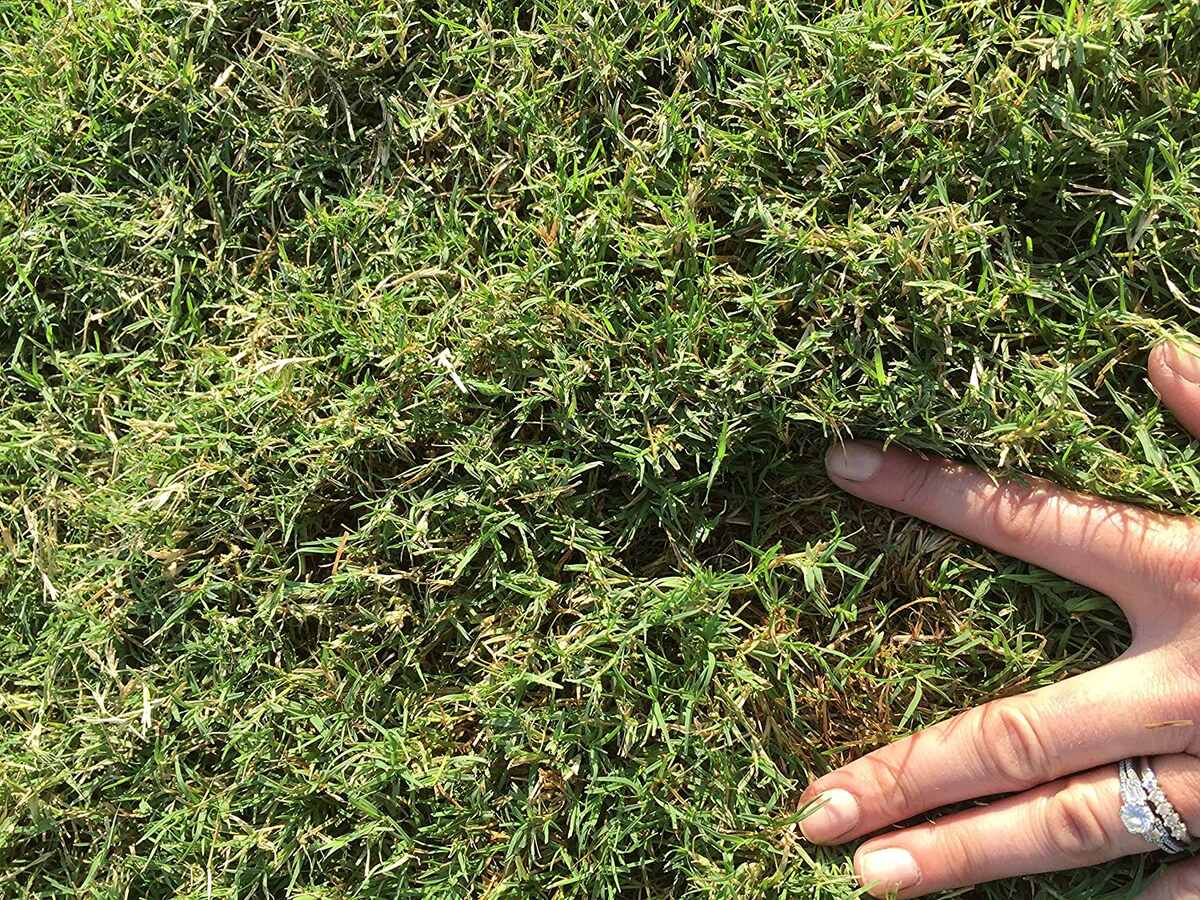

0 thoughts on “When To Start Mowing Bermuda Grass”